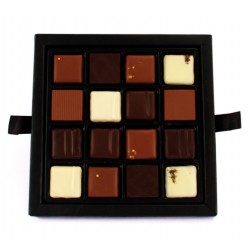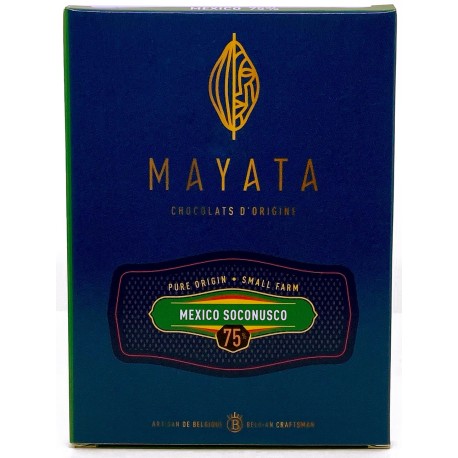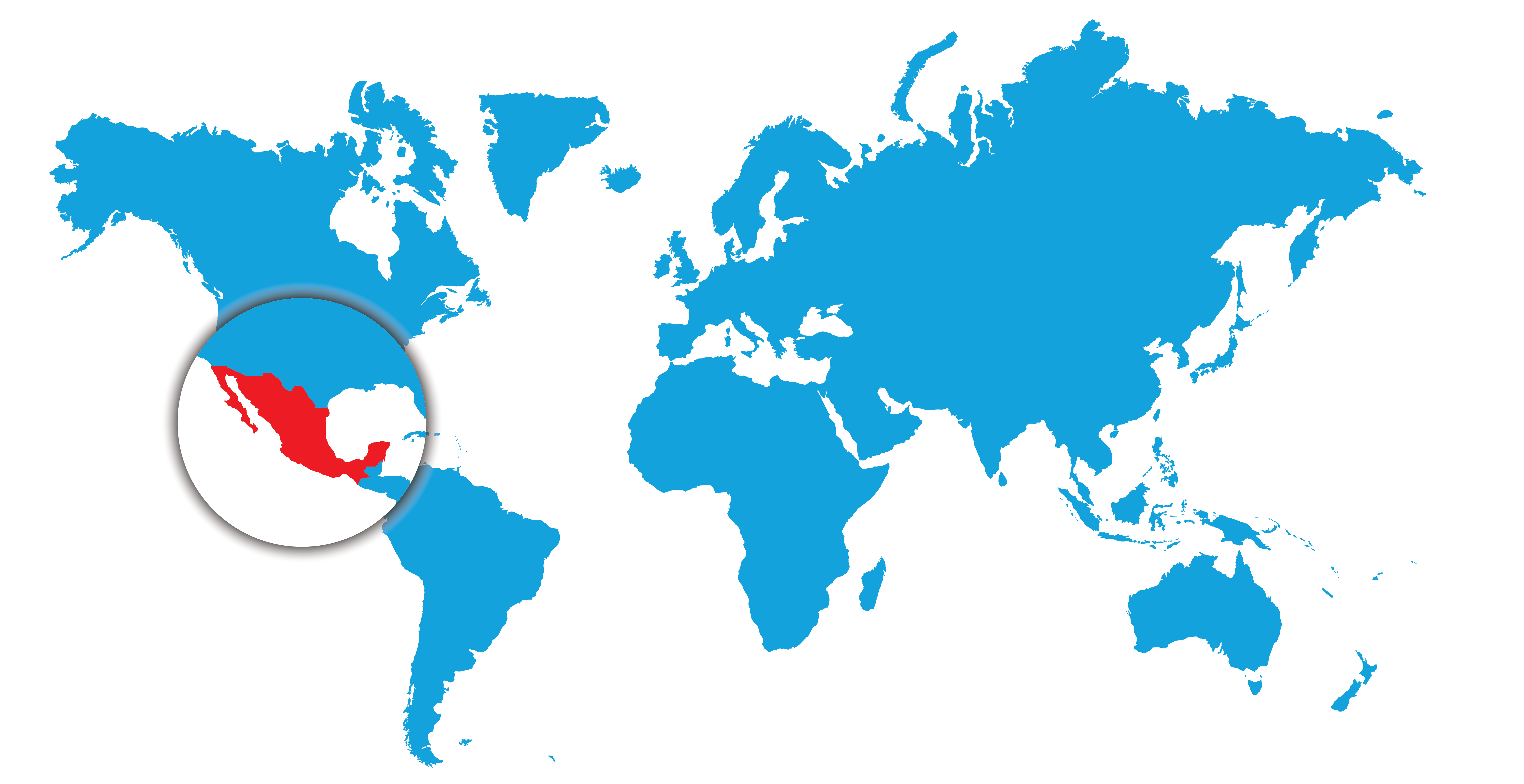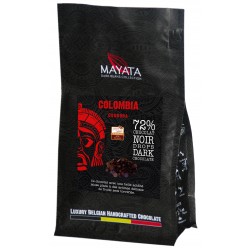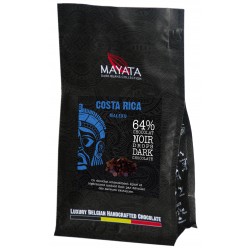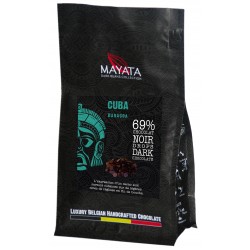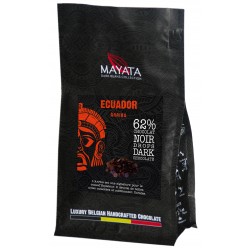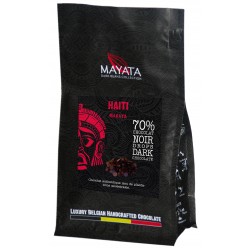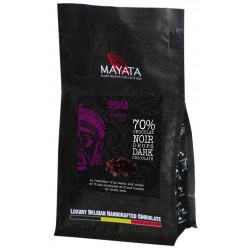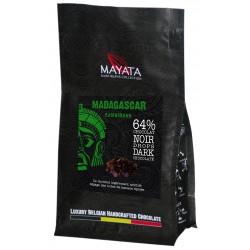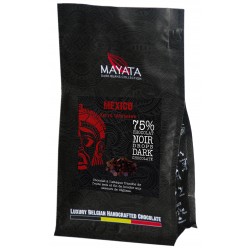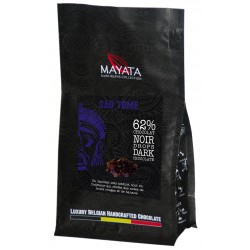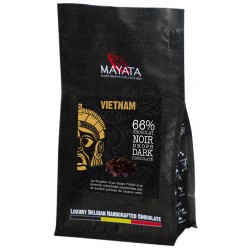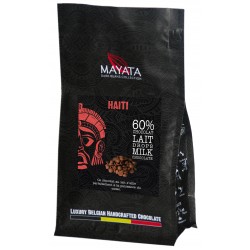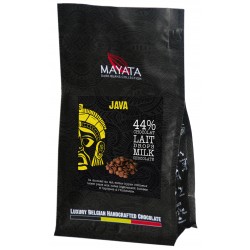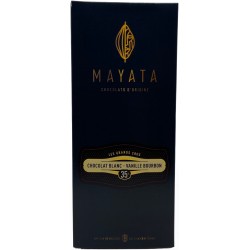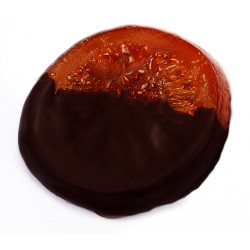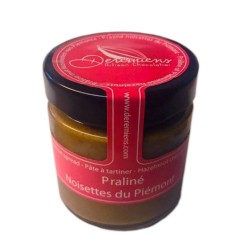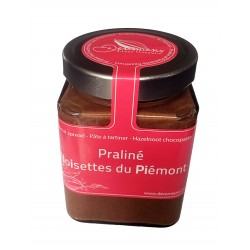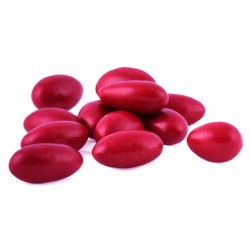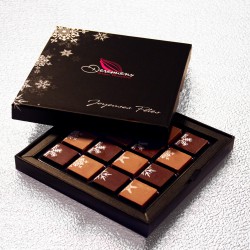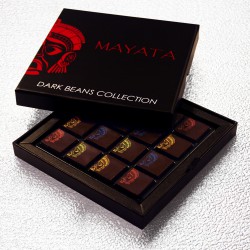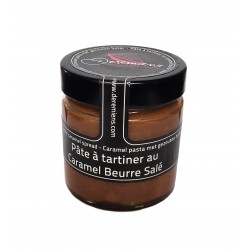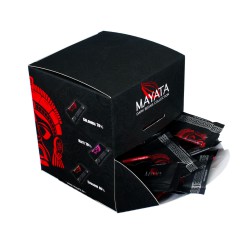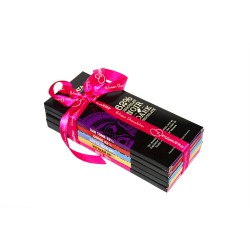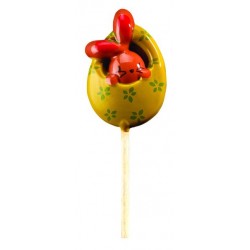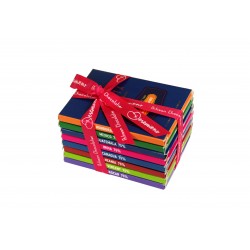- en •
- fr •
Data sheet
| Weight | 35g |
More info
PRODUCT
Tablet of dark chocolat 75%.
ORIGIN
Mexico
AROMATIC PROFILE
Chocolate with a frank attack of dried fruits and a finish with flavors of liquorice.
VARIETY
Criollo and Trinitario heritage, centre-fermented, with balanced acidity, nutty flavours and dried fruit notes, including prune and notes of pepper, cinnamon, nutmeg and cardamom. Indigenous producers have been growing cocoa for centuries, giving them exceptional agricultural skills.
STORY
The Soconusco region, located in the southernmost part of Mexico, is a narrow strip of land between the Pacific Ocean and the "Sierra Madre de Chiapas" mountains, known for their famous Tacana volcano. The beans come from the "Chamolapita" cooperative, which is supplied by more than 60 indigenous families for whom cocoa is an indispensable source of income. The beans come from a sustainable agroforestry system in which cocoa trees grow under the forest canopy, in association with mandarins, oranges, coffee and other crops. This extremely high quality cocoa is also known as "royal cocoa". Indeed, it
was consumed by the Aztec kings and was particularly appreciated by the Spanish royal family, who received it as tribute for more than 300 years after the Spanish conquest.
30 other products in the same category:
Customers who bought this product also bought:
-

Peru -...
Slightly milky taste with chocolate flavors.
-
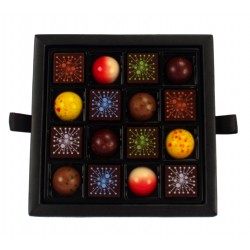
-
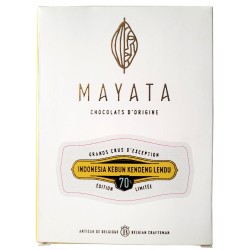
Indonesia -...
Dark chocolate with red fruit flavours and...
-
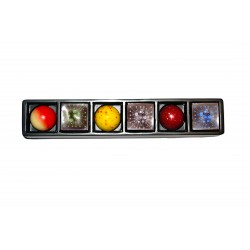
-
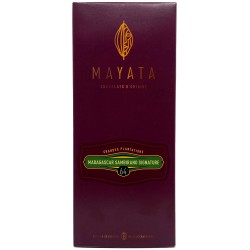
Madagascar...
This slightly bittersweet chocolate gives off...
-
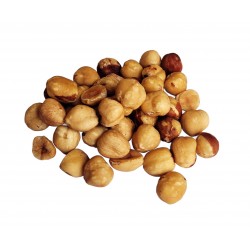
Piedmont...
Roasted IGP Piedmont hazelnuts
-
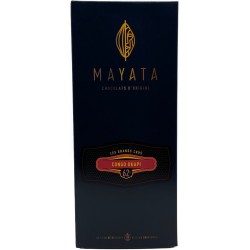
Congo 62%
Vibrant and rich chocolate with herbaceous and...
-

Box 3 layers
Select your pralines assortment
-
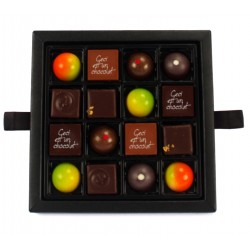
-
